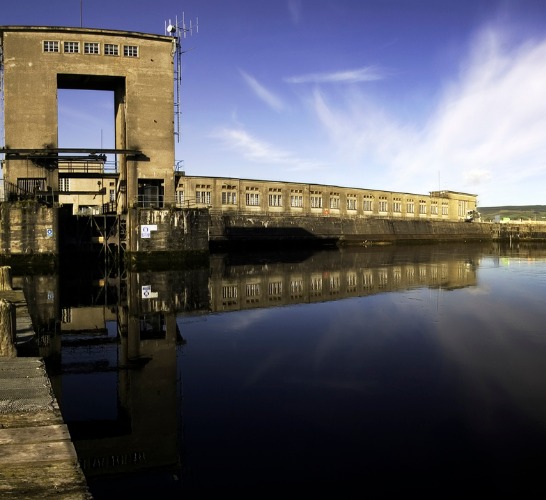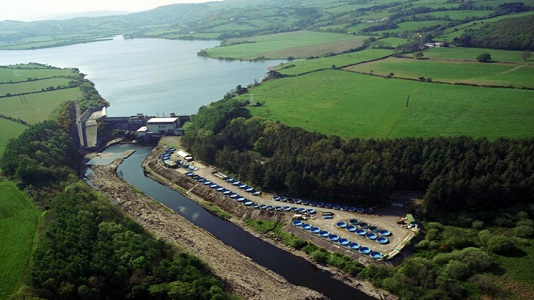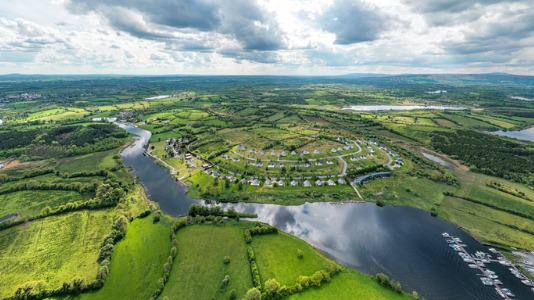Powering Ireland with clean energy from our Hydro Stations
Our five hydroelectric stations have a combined production capacity of 220MW located on five rivers across Ireland. Together, they provide enough renewable electricity to supply approximately 180,000 homes, farms and businesses, contributing to our Driven to Make a Difference: Net Zero by 2040 strategy.





